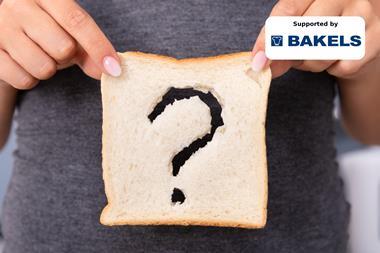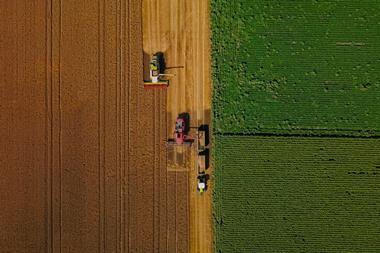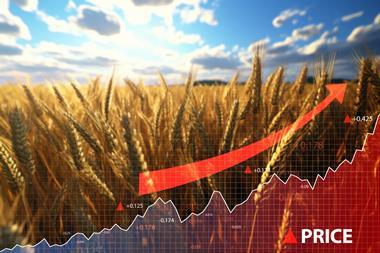The most common bread texture analysis is the double compression test.
A cylindrical probe compresses a slice (or two) of bread to 35% of slice height and repeats the compression a second time. The maximum force measurement of the first compression is known as the ‘firmness’, while ‘softness’ is the opposite. Other measurements such as ‘resilience’ – how much the bread pushes up as the probe retracts – are also generated.
The second compression is used to measure the recovery of the bread, including: ‘springiness’ – how far back upwards the bread ‘springs’; and ‘cohesiveness’ – a measure of the strength of the internal bonds within bread.
Jo Baker Perrett, food scientist, Campden BRI
Campden BRI provides technical support to the food, drinks and allied industries worldwide. Its activities are built on a programme of industrial relevant research and innovation steered by industry. See campdenbri.co.uk or telephone 01386 842000





























No comments yet